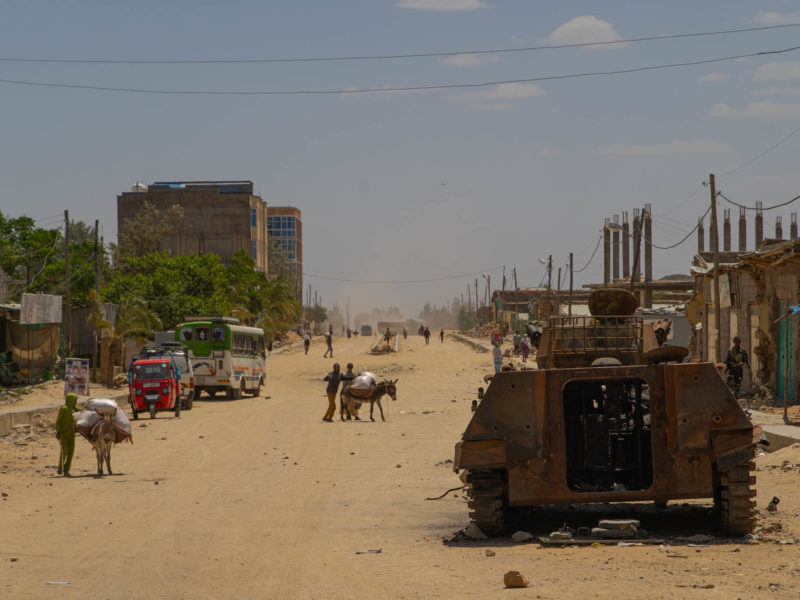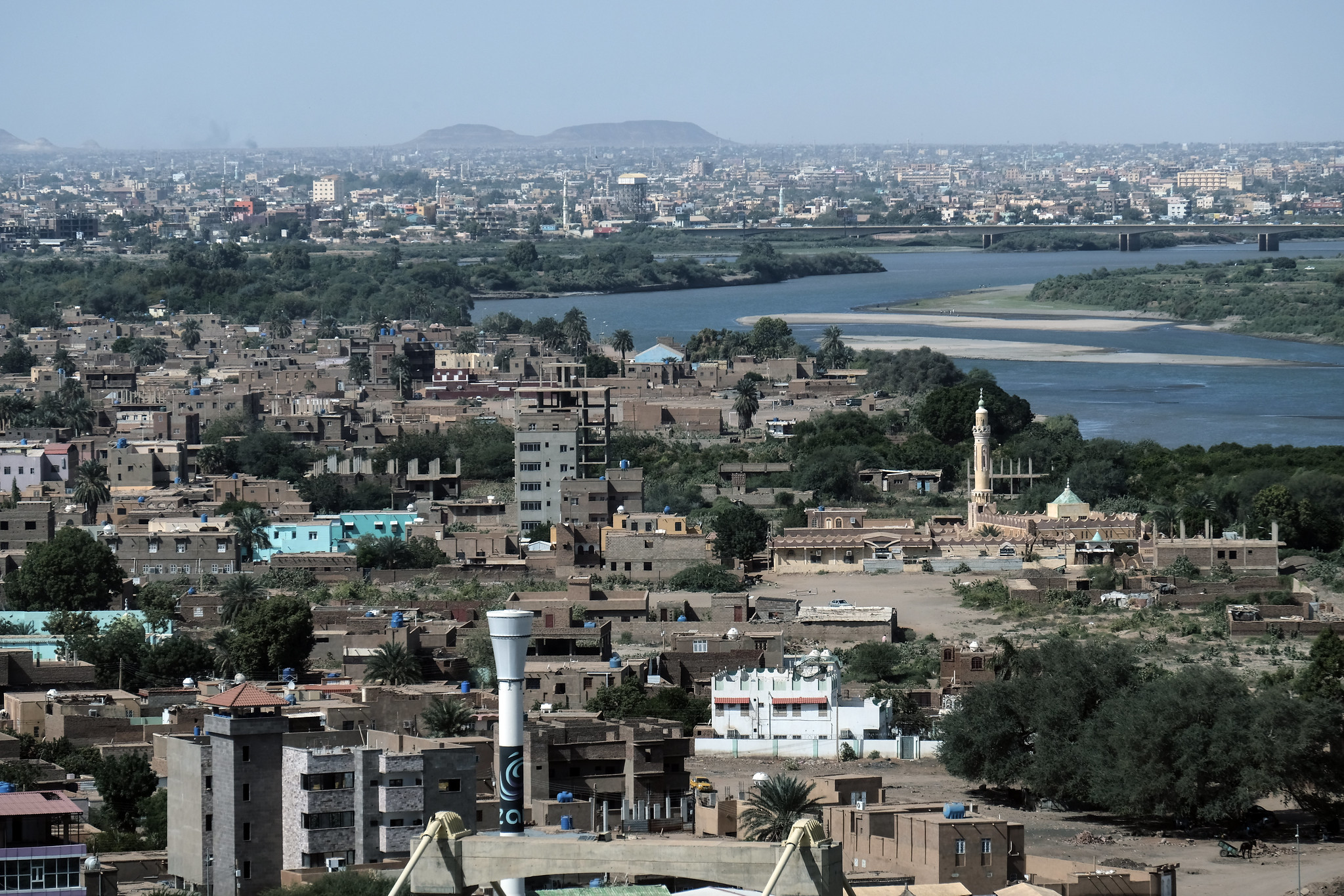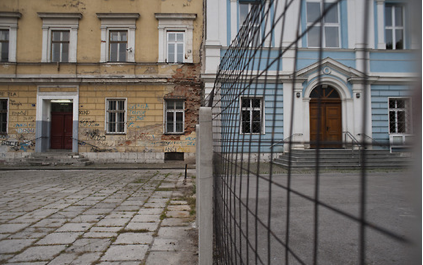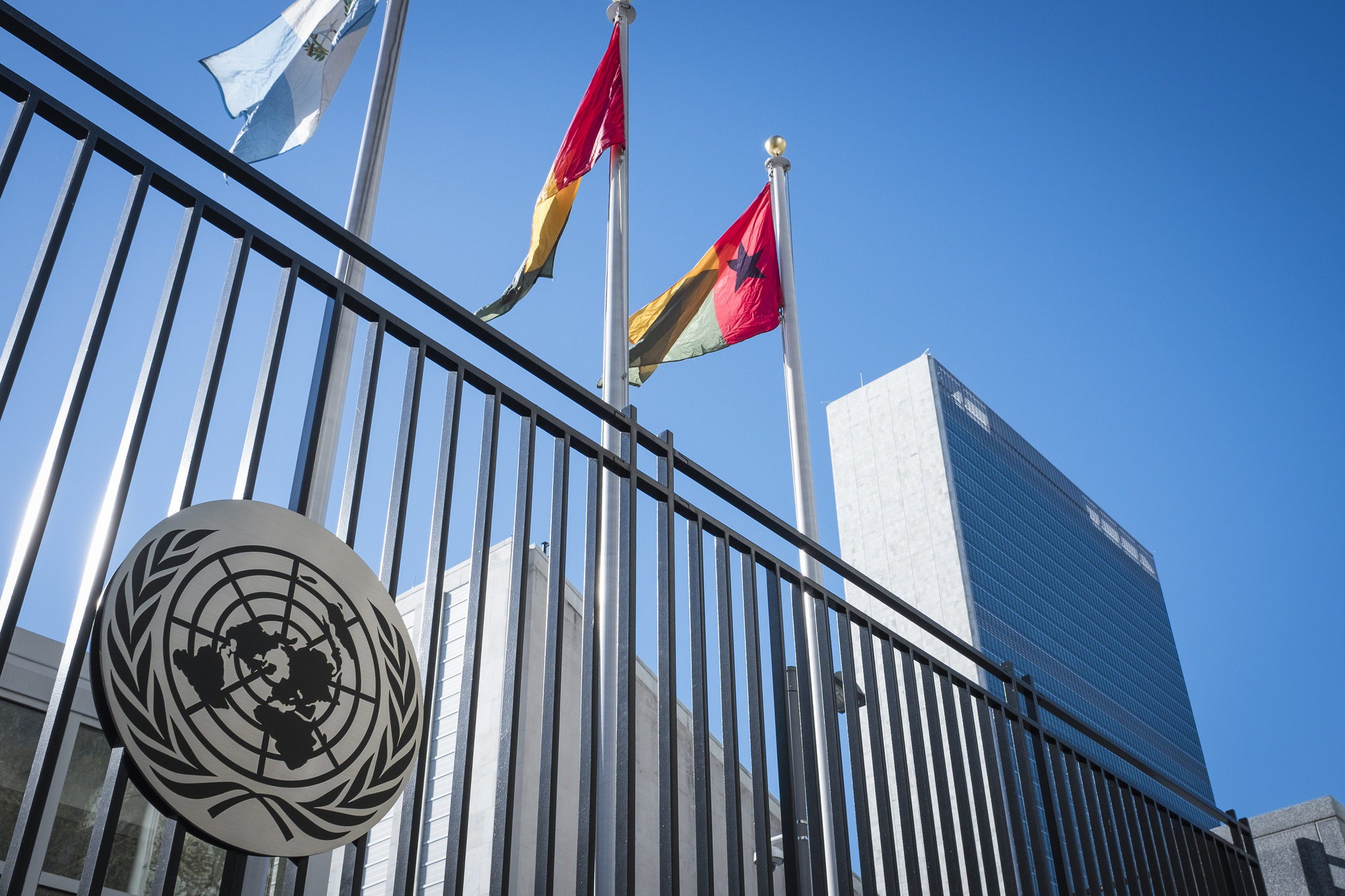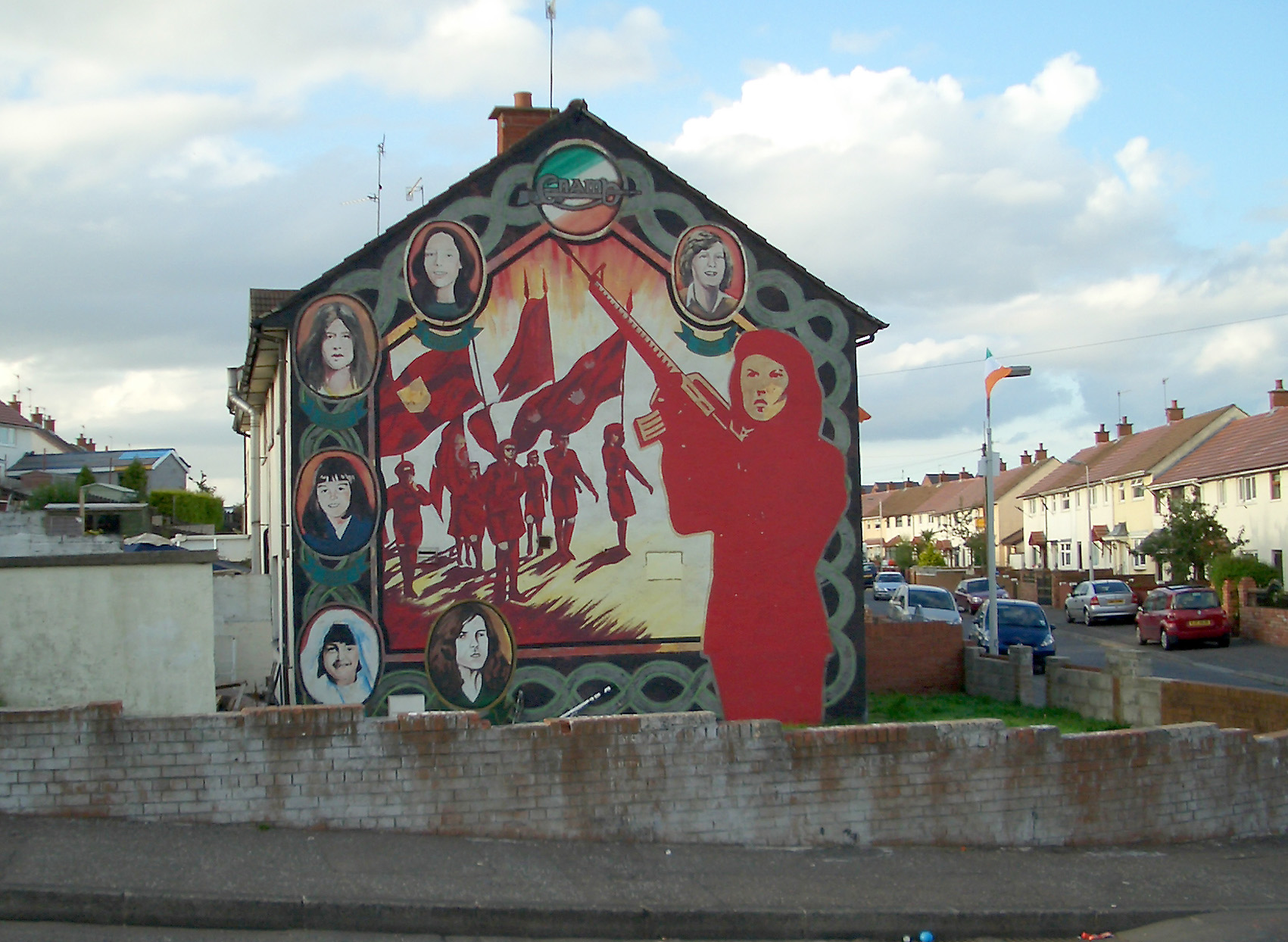Guest post by Nils-Christian Bormann
The civil war between the government of Ethiopia and the Tigray Political Liberation Front has been raging for eight months. While news from Tigray is rare and unreliable, it is safe to say that the fighting has been causing immense human suffering. The civil war will be one of the deadliest armed conflicts of 2021. Next to the immediate casualties from fighting, the inability of Tigray farmers to plant their crops has already put hundreds of thousands at the risk of dying from hunger.
Here, I use political science research to answer three questions: First, how does the armed conflict compare to recent trends in civil wars? Second, what are the prospects for conflict resolution? Third, what are the risks for further diffusion within and across Ethiopia’s boundaries?
What type of conflict is happening in Tigray?
The majority of civil conflicts over the last two decades occurred in Muslim majority countries, involved armed organizations that promoted radical Islamist ideologies, and featured transnational links to other Islamist organizations. The civil war in Ethiopia bears none of these characteristics.
Instead, the Tigray conflict takes place in a remote region with inaccessible terrain, and features ethnonationalist goals on the rebel side along with exclusionary policies by the central government. The Eritrean army (Eritrea borders Ethiopia in the north) supports the Ethiopian government militarily while the Tigray People’s Liberation Front (TPLF) counts on support from Tigray refugees in Sudan. Insurgency tactics, ethnic exclusion, and foreign intervention—all elements at play in Tigray—are reminiscent of conflict dynamics in the Cold War and immediate post-Cold War periods.
Although the global trend in conflict is towards the kind of Islamist rebellions seen in Syria or Mali, ethnonationalism like we are seeing in Tigray continues to be an important driver of armed conflict. It may even be resurgent around the globe.
The expulsion of the TPLF from Ethiopia’s central government in 2018 should have alerted us to a high risk of armed conflict, as ethnic downgrading is one of the best predictors of civil war risk. Yet neither qualitative nor quantitative assessments considered the Tigray region at risk. This oversight may be partially due to an overly narrow focus on recent trends in violence. Globally, the predominance of Islamist rebellions shifted the focus away from ethno-nationalism and its violent potential. Within Ethiopia, other regions experienced more violence prior to conflict outbreak in Tigray.
Rather than predicting future conflicts based on recent trends, conflict researchers and policy-makers should follow a two-step procedure. First, they should identify the most politicized cleavages within a given country, which may shift from ethno-nationalist competition to religion or from ideological to regime cleavages, and back. Multiple cleavages might be relevant simultaneously. In a second step, conflict researchers should then predict conflict risk for the relevant cleavages since ethno-nationalist conflicts follow a different logic than ideological ones.
What are the chances for conflict resolution?
At the end of June, the Ethiopian government unilaterally declared a surprise ceasefire and vowed to withdraw its troops from parts of Tigray to allow farmers to plant their crops. Fighting, however, continued, and the TPLF responded that it would only accept the ceasefire if Ethiopian and Eritrean troops withdrew from Tigray and recognized the TPLF as the legitimate ruler of Tigray.
Structural conditions related to the conflict suggest that the Tigray conflict will be hard to resolve. Fighting is occurring in a remote part of Ethiopia and close to an international border—two factors that jointly increase conflict duration. The exclusion of Tigrayan leaders from political power along ethnic lines further suggests that the conflict will persist.
In the short term, the prospects for peace are low. The unilateral offer by the Ethiopian government does not signal a first step towards the end of the war. Recent research on ceasefires classifies it as a “cessation of hostilities” ceasefire. These types of ceasefires have the lowest chance of ending violence. The seamless continuation of fighting suggests that information asymmetries over the actual distribution of power still prevail.
In the medium to long term, the international dimension of the conflict will complicate its resolution. Third-party interventions like Eritrea’s support for Ethiopia tend to extend the duration of civil wars. Eritrea provides direct military support to the Ethiopian government and the TPLF claims to have thousands of potential recruits waiting to pick up arms in Sudan. These sources of support will make the two sides more confident of reaching their own war aims and prolong the fighting.
Will the conflict spread beyond Ethiopia?
In November last year, I asked whether the Tigray conflict would trigger additional armed conflicts within Ethiopia. Although armed actors other than the TPLF, such as the Oromo Liberation Army (OLA), are fighting the Ethiopian government, these conflicts began before the Tigray conflict in November 2020. Nevertheless, the OLA recently declared it would “wage a ‘total war’ against Mr. Abiy’s government,” and additional rebel actors might follow suit as the Ethiopian Army is bogged down in Tigray.
Internationally, the conflict might spread in two directions. First, political tensions between Ethiopia and Sudan together with Tigrayan refugees in Sudan might trigger cross-border incursions and a militarized interstate dispute between the two states. Second, Eritrea’s involvement in the armed conflict might backfire as the TPLF now threatens to invade Eritrea. Even absent an invasion, military losses increase the risk of regime failure for Eritrea’s ruler Isayas Afewerki. A collapsing regime in Eritrea is likely to result in additional armed conflicts.
Nils-Christian Bormann is Professor of International Political Studies in the Department of Philosophy, Politics and Economics at Witten/Herdecke University, Germany, and Senior Fellow at the University of Konstanz’ Cluster of Excellence “The Politics of Inequality”

